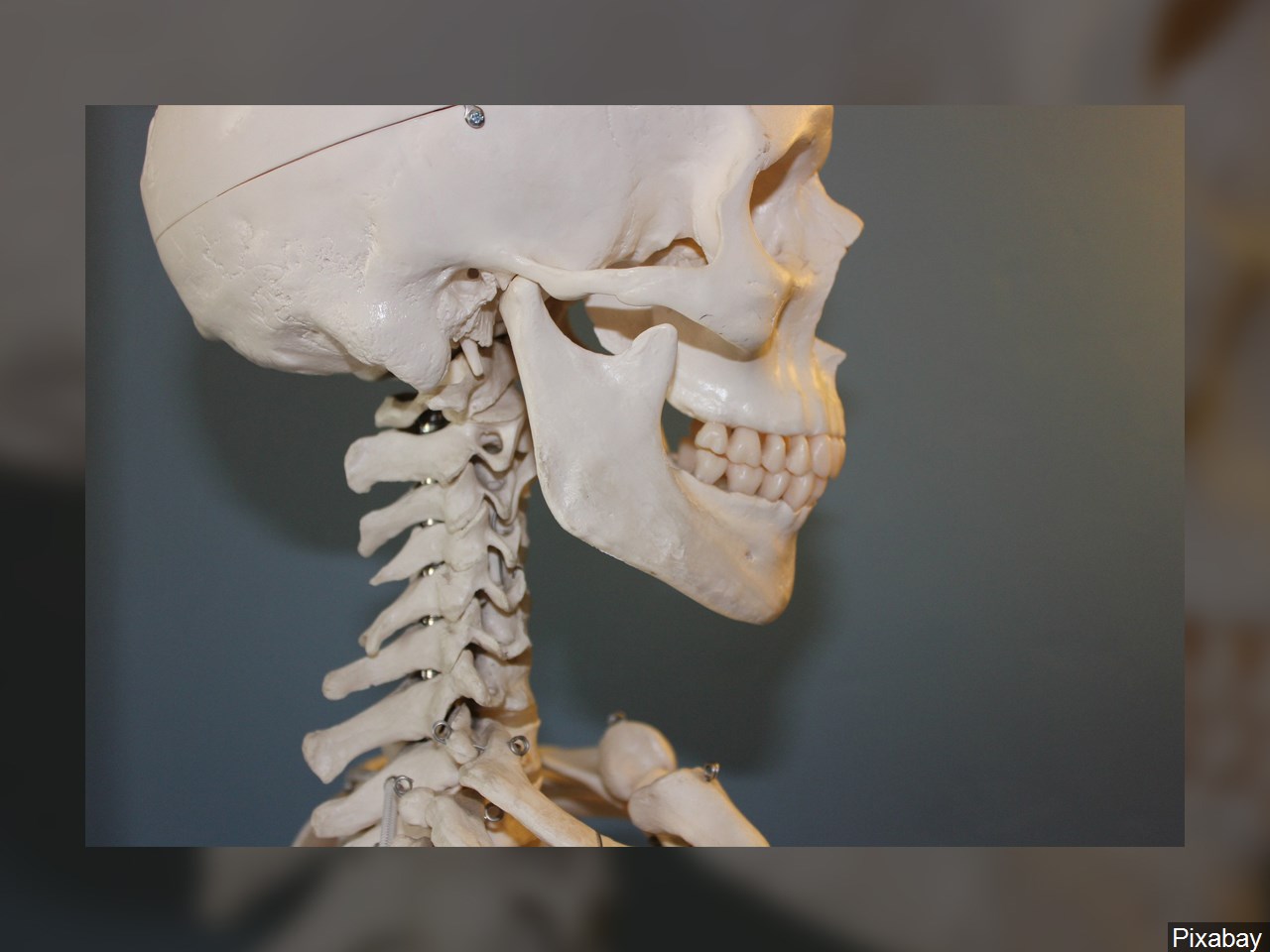Secrets of an astonishingly well-preserved 2,600-year-old human brain

In 2008, York Archaeological Trust researchers were excavating the Heslington Iron Age site at the University of York when they uncovered the man’s skull face down in a clay-rich pit. The jaw and two vertebrae were still attached. But while cleaning the skull, they realized there was more than just dirt inside. “I peered though the hole at the base of the skull to investigate and to my surprise saw a quantity of bright yellow spongy material. It was unlike anything I had seen before,” said Rachel Cubitt, from the trust’s Finds Department. They confirmed that it was incredibly well-preserved brain material and removed the top of the skull for further study. It was dated to between 482 and 673 BC, the start of the Iron Age. Even details like folds in the brain were still intact in the yellowish-brown mass.Time normally isn’t kind to soft tissue. Brains, unless they’re intentionally preserved, are rare to find in human remains, as are skin and hair. This is because of the quick breakdown process known as autolysis, which begins almost immediately after death and involves enzymes breaking down the tissue. The brain is 80% water, which contributes to the rapid degradation process.But a new study of the Heslington brain, published Tuesday in the Journal of the Royal Society Interface, reveals why it survived this long without being intentionally preserved. “The preservation of human brain proteins at ambient temperature should not be possible for millenia in free nature,” the authors wrote in the study. And yet, this one has survived.Dr. Axel Petzold, from University College London’s Queen Square Institute of Neurology, led the study due to his interest in specific brain filaments that behave like scaffolding and maintain brain structure. He’s previously produced pioneering research in neurofilaments and glial fibrillary acidic protein, or GFAP, which are proteins that hold brain matter in place. During their study, Petzold and his colleagues realized that both filaments were still present in the brain after all this time, leading them to believe the proteins supported its preservation.”Proteins are very stable over time if stored in a specific way,” Petzold said. “The specific way is aggregate formation. It was interesting to learn that brain protein aggregates were more stable than DNA.”Typically, the proteins would be more present in the brain’s inner area, known as white matter. But in the case of the Heslington brain it’s the opposite, and they were found highly concentrated in the outer areas called grey matter.This means that the autolysis breakdown process was prevented from the outside of the brain, essentially being deactivated. Then, the proteins folded themselves tightly together, further helping preserve the brain. Compared with normal brain structure, the Heslington brain appears shrunken and compact, according to the study.The researchers discovered this process when they studied a control brain and saw the proteins fold together tightly after three months. The researchers could find no evidence for any artificial preservation techniques or tannins, naturally occurring chemicals that help preserve organic material. They believe some type of acidic fluid might have breached the brain and prevented enzymes from breaking it down. It’s unknown if this fluid played a part in the man’s death or reached the brain after death. “The manner of this individual’s death, or subsequent burial, may have enabled the brain’s long-term preservation,” Petzold said. Findings about this brain’s preservation and its proteins have benefits for current protein biomarker research, medicine and the biomedical field, in addition to archeology, according to the researchers.Given how tightly the folds were in the Heslington brain, as part of the study the researchers also examined how long it might take brain proteins to unfold. The Heslington brain proteins took a full year to do so, but still triggered an immune response to create antibodies. “A contemporary brain just dissolved, but the Heslington brain continued to reveal more and more proteins,” Petzold said. This has implications for neurodegenerative diseases like Alzheimer’s and dementia, which involve harmful protein folding, according to the researchers. Petzold wants to “explore means of long-term data storage to investigate more gentle and less harmful ways to tackle neurodegenerative disease and to inspire as many children and young researchers as possible to think about this and solve the unanswered questions.”







